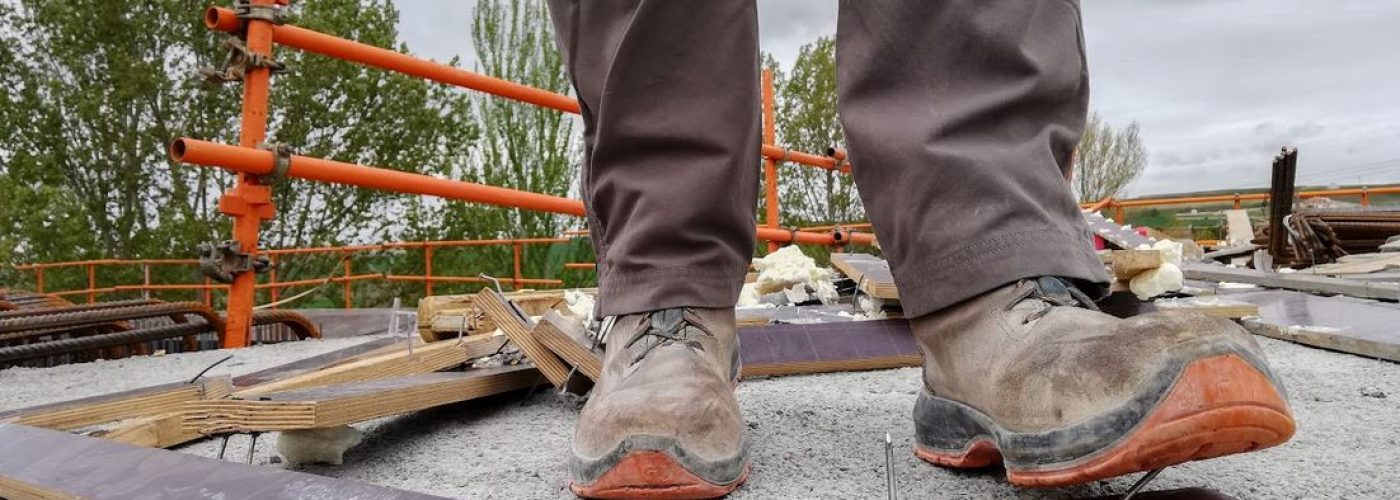Construction sites pose many dangers to workers. There are risks of slipping, falling from heights, and accidents from moving objects. Some chemicals like asbestos and adhesives used in buildings may also be dangerous and lead to potential health issues. Noise, harsh weather, vibrations, and dust are also potential hazards.
Accidents in construction areas are a common occurrence, although that doesn’t mean they can’t be avoided. While most injuries are minor and will have you back to work in no time, there are also more serious cases that may take longer to recover from. The worst ones are severe injuries that lead to disabilities, and injuries that result to an untimely death.
When you suffer an injury while working, you have the right to receive compensation or disability aid. The good news is, there are lawyers and law offices that specialize in workers’ compensation. Most of them offer free consultation, like Terry Katz and Associates. WC lawyers will guide you throughout the process and help you get the maximum compensation possible.
Working in hazardous environments doesn’t have to be scary, especially when accidents can be minimized. This is where site managers or supervisors can make a big difference by implementing stricter safety measures that may help to create a safer environment for all workers.
Here are some useful safety measures that supervisors may implement in construction sites:
1. Reducing Work At Nighttime
Working during the night can cause accidents due to poor visibility. Also, workers are most likely tired at this time of the day and may not be alert. Project managers can help reduce nighttime accidents by ensuring that the crew doesn’t work in the dark, especially in dangerous areas.
2. Requiring Reflective Wear
Workers should always wear brightly-colored clothes on site. This makes them more visible for other workers no matter what they’re doing.
Reflective vests or uniforms with glimmering strips may also help. It’ll ensure that everyone else around the site can see them, thereby avoiding accidents.
3. Encouraging Breaks And Shifts
Fatigue can cause mishaps around the working area. Site workers should be encouraged to take a break every few hours to relieve exhaustion. During these recess periods, builders can take snacks or fluids to reenergize. This strategy can help them remain attentive and more focused while doing their job.
Shifts may also help to distribute workload better. Employees can come into work in turns, and avoid working hours that are too long for their own good.
4. Emphasizing Safety Gear
Construction workers and bosses ought to always have protective gear on them while on site, where they could slip and fall or step on sharp objects. Moreover, some chemicals used in construction may also be harsh to the bare skin.
This is why all workers on construction sites must have personal protection equipment (PPE) at all times. Examples are gloves, slip-resistant safety boots, and hardhats. Employers can also provide fall arrest systems, eye and face guards, and gas masks for safety.
5. Advocating For Healthier Meals
Construction site workers often require a lot of energy while working. Thus, energy-giving foods should be a part of their daily lives. Additionally, a balanced diet supplies helpful nutrients to the body, which may help reduce fatigue and boost daily performance. As a result, builders can work efficiently without getting exhausted fast.
Aside from healthy foods, workers should regularly drink water and other healthy fluids. It’ll help to keep them hydrated and increase alertness.
6. Frequent Equipment Inspection
Building apparatus wear out as time goes by. Frequent maintenance to keep tools efficient is quite critical. It’s also vital that all equipment be inspected before work. Some of the things you can look at are:
- Hand tools
- Electrical plugs and cords
- Slippery working areas
- Hardware handles
- Heavy machinery parts like brakes, engine performance, cooling systems, wheels and tires, etc.
Inspection shouldn’t be done before work only. Ensure that tools are checked even after work to reduce the risk of accidents.
7. Holding Safety Meetings
While most occupations have permanent locations, it’s different for construction sites. When working on new locations, it should always be assessed for safety, and workers should receive a full safety briefing each time. Additionally, risks change as projects advance. Employers are therefore required to communicate the necessary precautions for new work areas. They should also frequently update workers on the potential dangers in every stage.
8. Drug Testing
Intoxication is a leading cause of accidents. It’s advised that builders be tested daily for drugs or alcohol. A drug-free working environment enhances safety for people within the building space.
Conclusion
Building sites report more accidents compared to other workplaces. Hence, employers should prioritize safety for their workers. Even though construction injuries are common, some steps can be taken to minimize the risks. For instance, project heads can ensure that all employees have PPEs. They should also test them for alcohol and drugs before work.
Managers should also hold safety meetings and allow shifts and breaks. Healthy eating has to be promoted, and tools should be inspected before and after work. Additionally, night work must be avoided at all costs, and reflective wear must be worn all the time.






